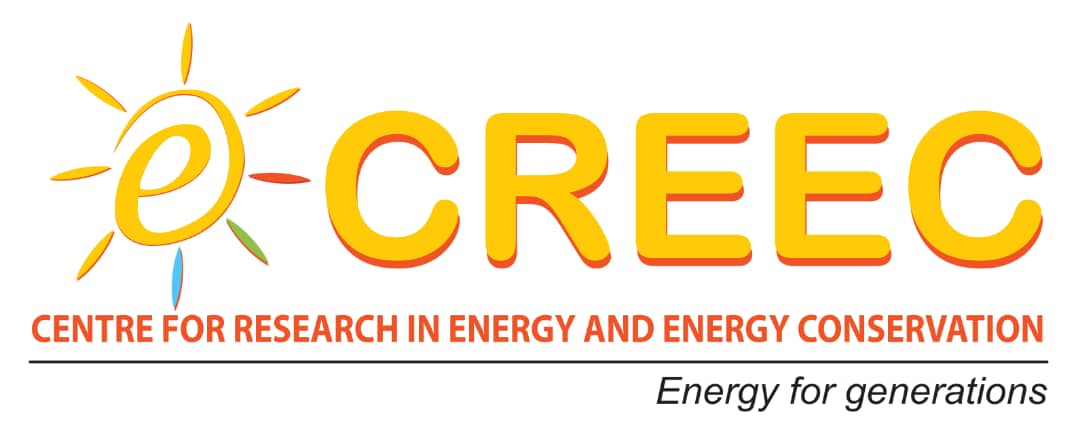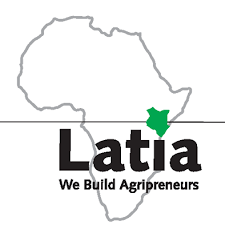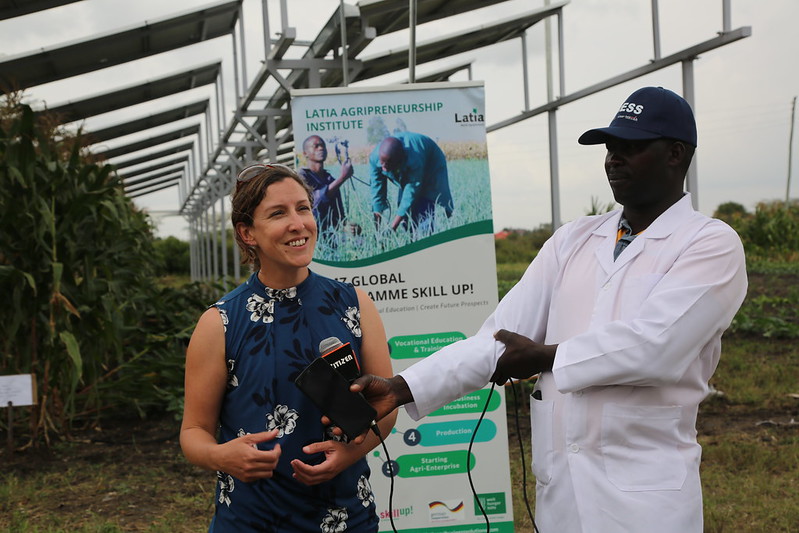Harvesting the sun twice
Background
Achievement of the Sustainable Development Goals will require negotiating possible trade-offs between objectives. Achieving food security (SDG2) could come at the expense of biodiversity and ecosystem health (SDG15) if it is accomplished through agricultural extensification and increased use of industrial farming methods. Increasing clean energy access (SDG7) could trade off with other land uses including agriculture or conservation if large areas of land are needed for solar, wind, hydroelectric, or geothermal energy generation.
Integrated solutions that avoid trade-offs and can deliver on multiple sustainable development objectives are increasingly needed. One such emerging system is ‘agrivoltaics’ (AV), or the integration of crop and livestock production with photovoltaic solar panels, much in the same way as agroforestry combines agriculture with trees. AV systems have the potential to buffer crop production from heat and water stress by growing crops in partial shade, while at the same time producing clean energy to power agribusinesses or communities.
Contact us
Project team

Anthony Kimaro
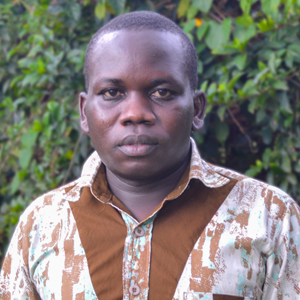
Erik Acanakwo

Emmanuel Temu
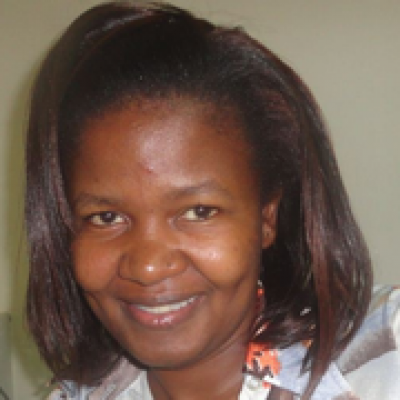
Anne Kuria
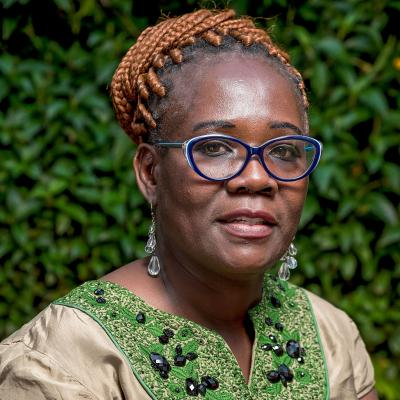
Edith Anyango

Clement Okia
Project locations
Kenya, Tanzania, UgandaBudget
£1.4 mProject duration
April 2020 – September 2023Partners
Funding
Objectives
This project seeks to understand the economic and social suitability of agrivoltaics systems in East Africa by co-designing and testing AV in different contexts with potential end users and identifying scaling opportunities for the technology in the region.
Expected outcomes
Development of the first agrivoltaics systems in and for Africa
Lowered barrier to solar energy uptake in the region through integration with agriculture
Reduced land-use conflict for deployment of solar mini-grids
Improved climate resilience of crop and livestock production in areas using agrivoltaics
Activities

Work package 1: Socio-technical context
This work package will generate empirical evidence on the performance of AV systems (i.e. crop growth and yield, energy generation and savings, water usage, labour requirements) at two sites in East Africa; the perceptions and attitudes of project participants and rural communities towards these AV systems to facilitate their just development; policy and land use governance for renewables deployment.
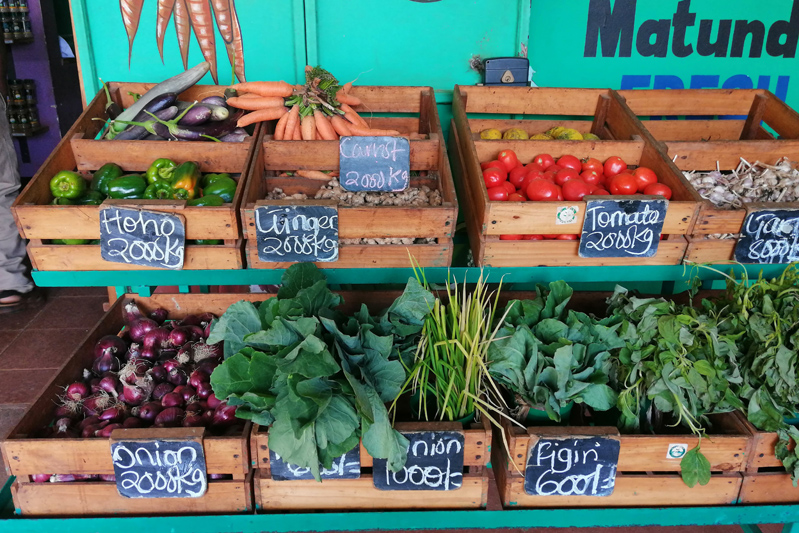
Work package 2: Beyond technology
The aim is to identify areas in East Africa that have the highest potential for implementation of AV based on social, physical, economic and political dimensions, as well as to create an evidence-based decision-support tool to inform and facilitate inclusive and just AV expansion across East Africa.

Work package 3: Broadening capacity
This work package will develop and evaluate capacity-building approaches to facilitate the just expansion of co-designed AV innovations.






